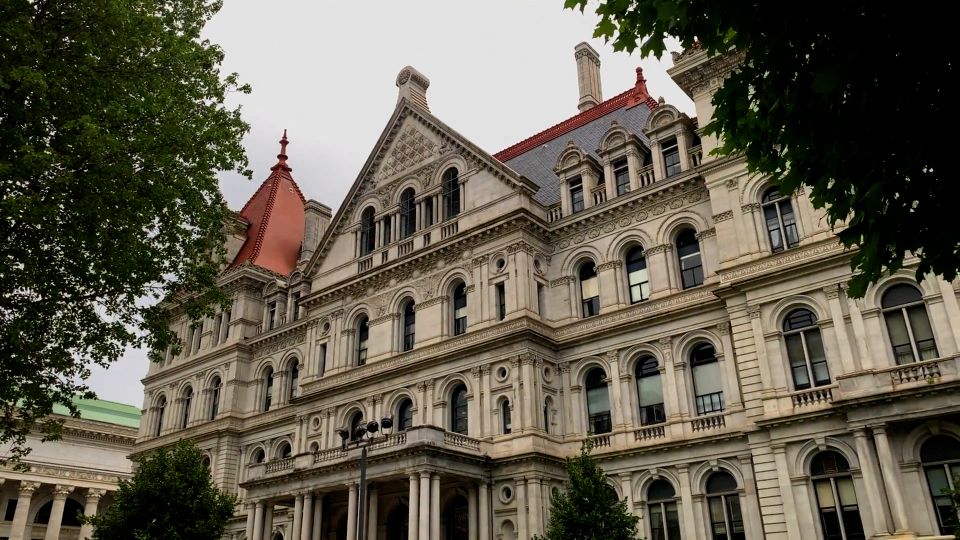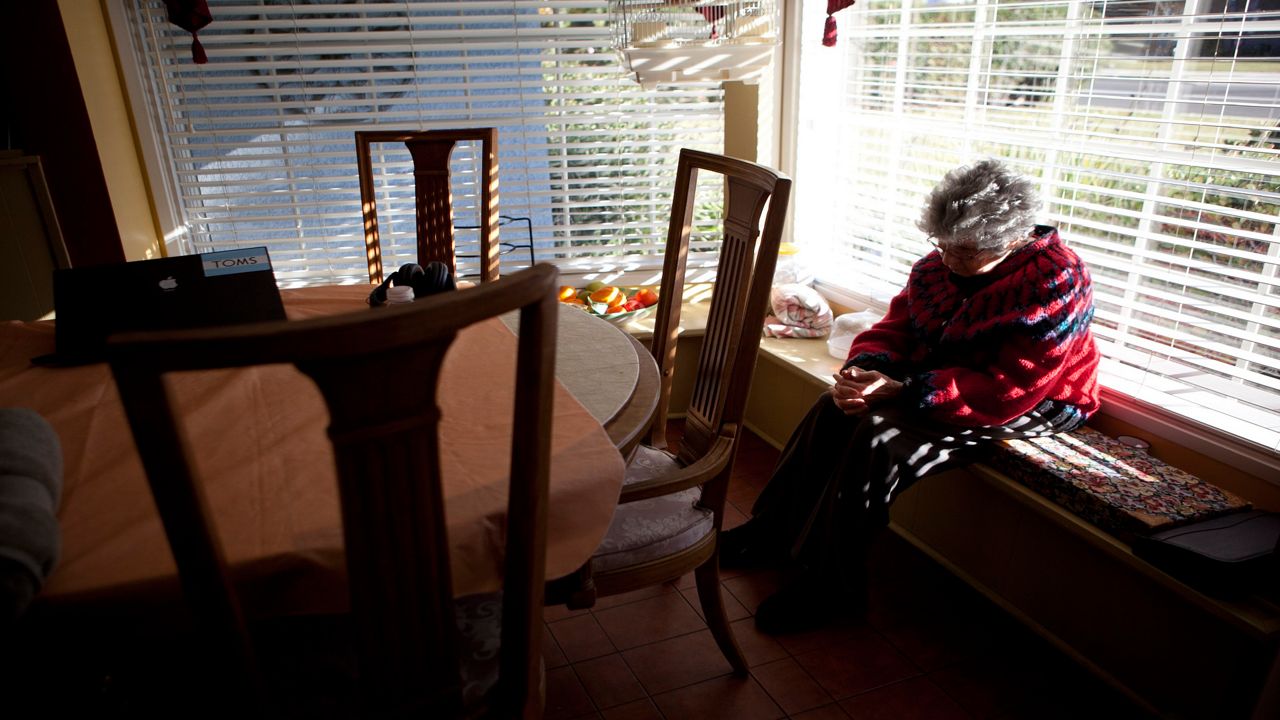Lawmakers and legislative leaders agree with Gov. Kathy Hochul's plan to tie the state's minimum wage to increasing inflation, but are pushing back on the governor's plans on how to achieve it, and preparing to battle over the details as budget negotiations begin.
It wasn't a surprise Hochul included a proposal in her executive budget to adjust, or index, the state's minimum wage so it keeps up with record-high inflation. It's a proposal that will be part of the 2024 FY budget after the governor first announced her support for the idea in her State of the State address in January.
"I announced a plan to peg the minimum wage to inflation to give you the purchasing power that you lost because of forces outside your control," Hochul said Wednesday during her budget address. "So when prices go up, so will wages."
New York City reached a $15-an-hour minimum wage in 2019. It's currently $14.20 per hour in upstate New York, or areas north of Westchester County. The state Labor Department will continue to recommend increases until the rate is $15 per hour to be in line with the city.
Hochul proposes automatic increases tied to inflation beginning the year after the rate hits $15 per hour upstate, or likely in 2025.
A growing coalition of lawmakers are taking issue with Hochul's intent to tie the minimum wage to inflation without increasing it first.
Senate Labor Committee Chair Jessica Ramos sponsors legislation to increase the minimum wage to $21.25 by 2027 to immediately help workers struggling to make ends meet with higher costs. Ramos said Hochul's proposal falls short, and wouldn't be the correct policy to give New Yorkers a living wage.
"All we're asking is that at a time when corporate profits are at an all-time high and inflation is the highest it's been in several decades, that we respond to this moment in the right way for once," Ramos said Thursday. "That we give people a path to a living wage and then the peace of mind to know that as the cost of living increases, their wages will be able to keep up."
The annual minimum wage adjustments under Hochul's proposal would equal about an extra $13 for workers per week.
"When the governor's proposal results in a mere $13 extra a week, you're not even bringing that person to parity with the inflation that we are experiencing right now," Ramos said. "Then, the $15 continues to be a pay cut."
Under the governor's plan, the minimum wage would not increase if the state's unemployment rate rises by a half-percent or more or inflation decreases. The annual adjustments would also be capped at a maximum of 3%, according to the executive budget legislation.
Pat Bailey, spokesman with the Business Council of New York State, says the council supports Hochul's proposal if minimum wage changes are inevitable, as they would be easier for businesses to manage.
State business leaders typically stand against minimum wage increases, and Bailey added they have questions how the higher labor costs would impact small businesses.
"Are they able to manage that?" Bailey said Thursday. "...Will they be able to get that back? Are they going to cut employees? That's a big question that needs to be asked."
Lawmakers maintain the "off-ramp" cap in the governor's minimum wage policy would be counterproductive to helping workers earn a living wage.
Assembly Speaker Carl Heastie and Senate Majority Leader Andrea Stewart-Cousins support increasing taxes on New York millionaires and billionaires to afford more aggressive policy changes.
Hochul committed to not raise income taxes in the next budget in her executive proposal.
Heastie on Thursday said it will be a sticking point with the Legislature this budget cycle.
More than 900,000 New Yorkers earn the minimum wage, or about 16% of the state's workforce. Teenagers make up about 5%, Ramos said, adding the vast majority of minimum wage earners in the state are 25 and older.
Bailey argues changing the minimum wage as the economy continues to crawl back in wake of the pandemic might only add to the ongoing labor shortage. Small businesses make up about 70% of the business council's 3,000-plus members statewide.
"Nationwide, there's about 8 to 10 million jobs that are open, and only about 6 million people to fill them," Bailey said. "Employers are paying more than the minimum wage right now, for the most part. So I would question how many businesses are actually paying what's considered the minimum wage, because a lot of ours are saying we're paying more because we want to retain the help."







)


